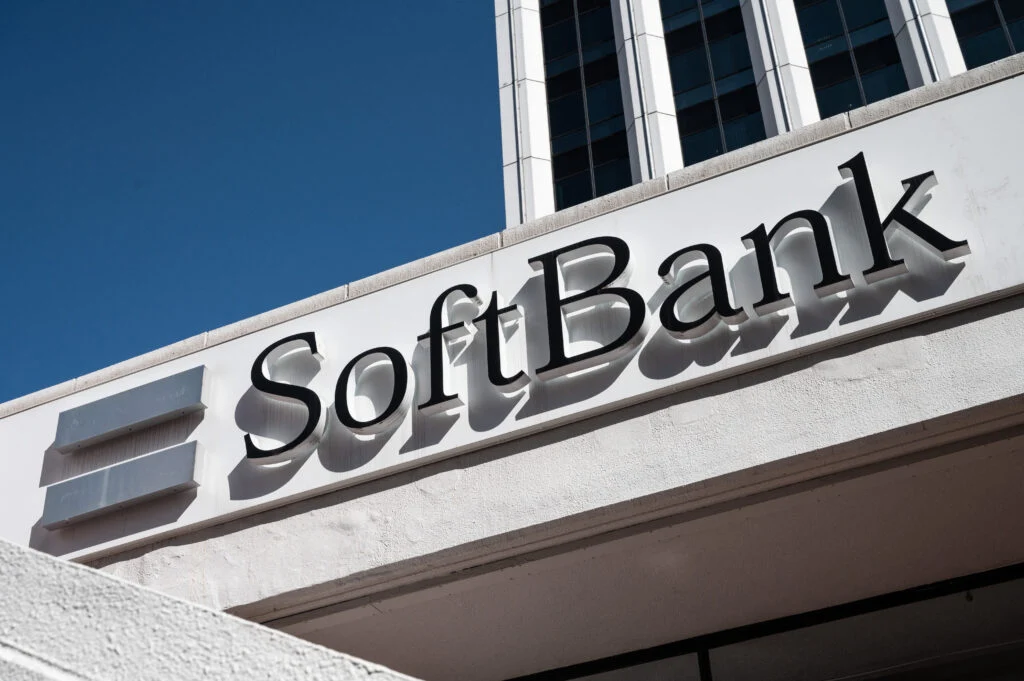Key Takeaways
1. WhatsApp launched a new feature called Message Summaries that condenses unread messages using Meta AI.
2. The feature is easy to use; users can tap on unread message counts to view bulleted summaries.
3. Message Summaries employs Private Processing technology, ensuring user privacy by not sharing information with Meta or others.
4. The feature is optional and turned off by default, with privacy settings allowing users to control AI access in chats.
5. Meta plans to introduce advertisements on WhatsApp and channel subscriptions for users to subscribe to preferred channels.
WhatsApp, the well-known messaging platform owned by Meta, has launched a new feature called Message Summaries. This tool leverages Meta AI to condense unread messages within a chat. For those who don’t know, Meta AI serves as an AI-based helper in WhatsApp, assisting users in crafting messages, creating images, and handling various other tasks.
Simple to Use
Using the Message Summaries feature is pretty easy: just tap on the count of unread messages, and Meta AI will provide a bulleted list of the summaries. Meta claims that this innovative feature employs Private Processing technology, which establishes a secure cloud space for generating these summaries. This technology also guarantees that the responses are not shared with Meta or any external parties. Moreover, other members in the chat won’t receive notifications about the summary.
Optional and Privacy-Focused
Message Summaries is an optional feature and is turned off by default. Users can choose which chats can access AI functions in the ‘Advanced Chat Privacy’ settings. Currently, Message Summaries is being rolled out in English for users in the United States. Meta has plans to extend this feature to additional languages and regions later this year.
New Advertising Plans
In addition to Message Summaries, Meta has recently revealed its intention to introduce advertisements on WhatsApp. These ads will appear in the “Updates” tab. Furthermore, WhatsApp is introducing channel subscriptions, allowing users to subscribe to their preferred channels for a monthly charge.
Source:
Link












